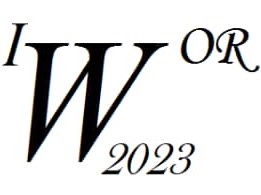Ponente
Descripción
Investigating causation in complex systems, especially the brain, is a topic of current great interest. Our research uses a sophisticated data-driven method, TIGRAMITE (Time Series Graph-Based Measures of Transfer entropy), that uses tools from Information Theory to investigate causal relations. This technique may overcome some difficulties of other state-of-the-art techniques. We acknowledge that this type of theory with neural dynamical models, driven by stimulus, may provide a deeper understanding of transitions between brain states and interareal information flow in the presence of complex cognitive paradigms.
TIGRAMITE uses an algorithm that implements nonlinear estimators to explore communication networks by calculating causal graphs. This program was initially developed in earth sciences to analyze causal interactions between climatological data. The software evaluates association with one of three methods i) a linear test which is a variant of Partial Correlation (ParCorr), ii) a non-linear two-step conditional independence test which is the Gaussian Process Distance Correlation (GPDC); and iii) a fully non-parametric nonlinear test based on Condition Mutual Information with the k-nearest-neighbors (CMIknn), TIGRAMITE then uses a modification of the PC algorithm (PCMCI) to circumvent the curse of dimensionality and determine causal relations.
We then used TIGRAMTIE-CMIknn to analyze the causal relations between different cortical regions as measured by the BOLD signal of fMRI resting-state data extracted from the Human Connectome Project (HCP). We detected highly homotopic connectivity and a network of connections between different regions of the visual cortex. The stability of TIGRAMITE across time in resting-state data was also corroborated, and its usefulness for future neuroscience applications.

